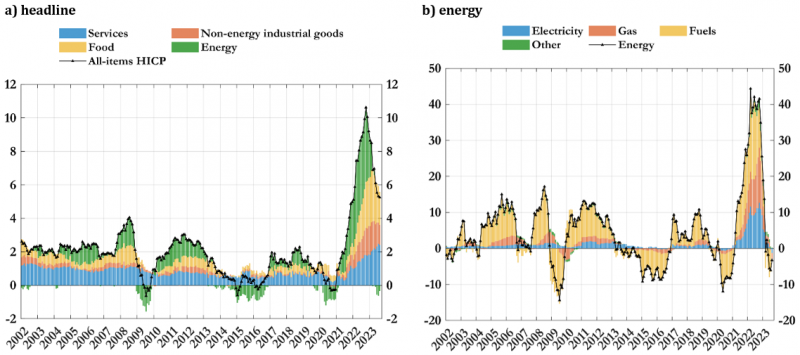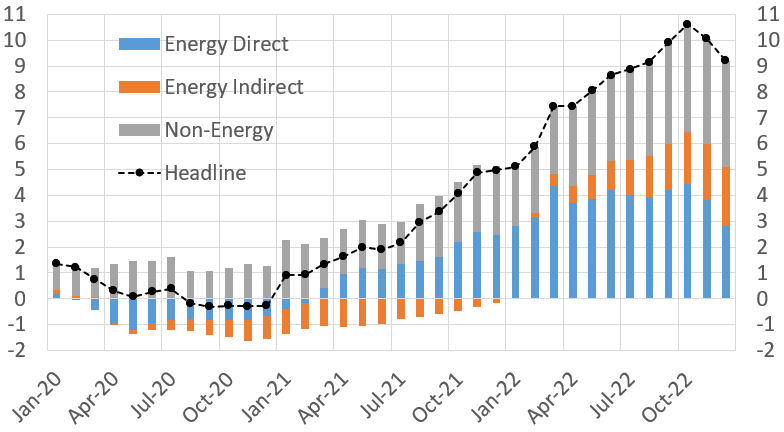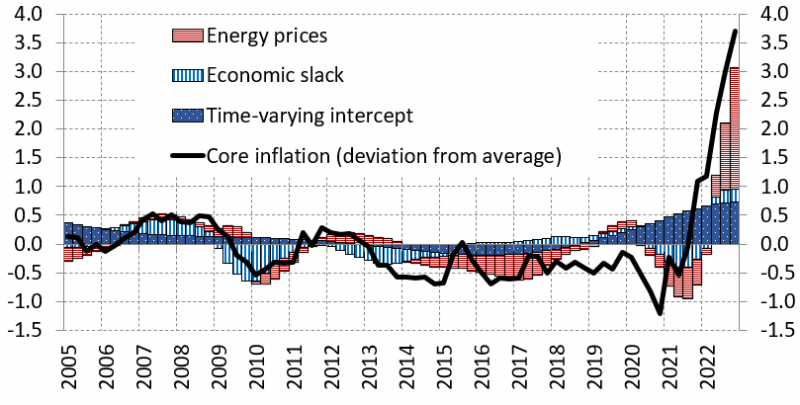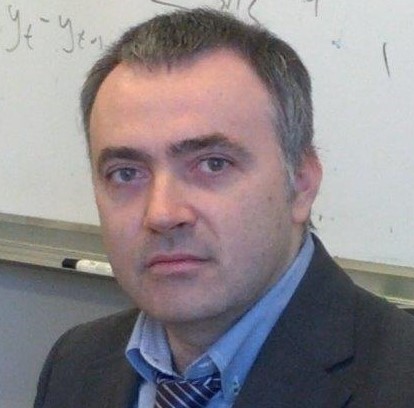References
Alessandri, P. and A. Gazzani (2023). “The impact of gas supply shocks in Europe”, VoxEU column, 25 July 2023, https://cepr.org/voxeu/columns/impact-gas-supply-shocks-europe.
Cavallo, A., F. Lippi and K. Miyahara, (2023). “Large shocks travel fast”, NBER Working paper 31659.
Conflitti, C. and M. Luciani, (2019). “Oil price pass-through into core inflation”, The Energy Journal, International Association for Energy Economics 40, 221-247.
Corsello, F. and A. Tagliabracci, (2023). “Assessing the pass-through of energy prices to inflation in the euro area”, Banca d’Italia Occasional paper 745.
Neri, S., F. Busetti, C. Conflitti, F. Corsello, D. Delle Monache and A. Tagliabracci, (2023). “Energy price shocks and inflation in the euro area”, Banca d’Italia Occasional paper 792.












